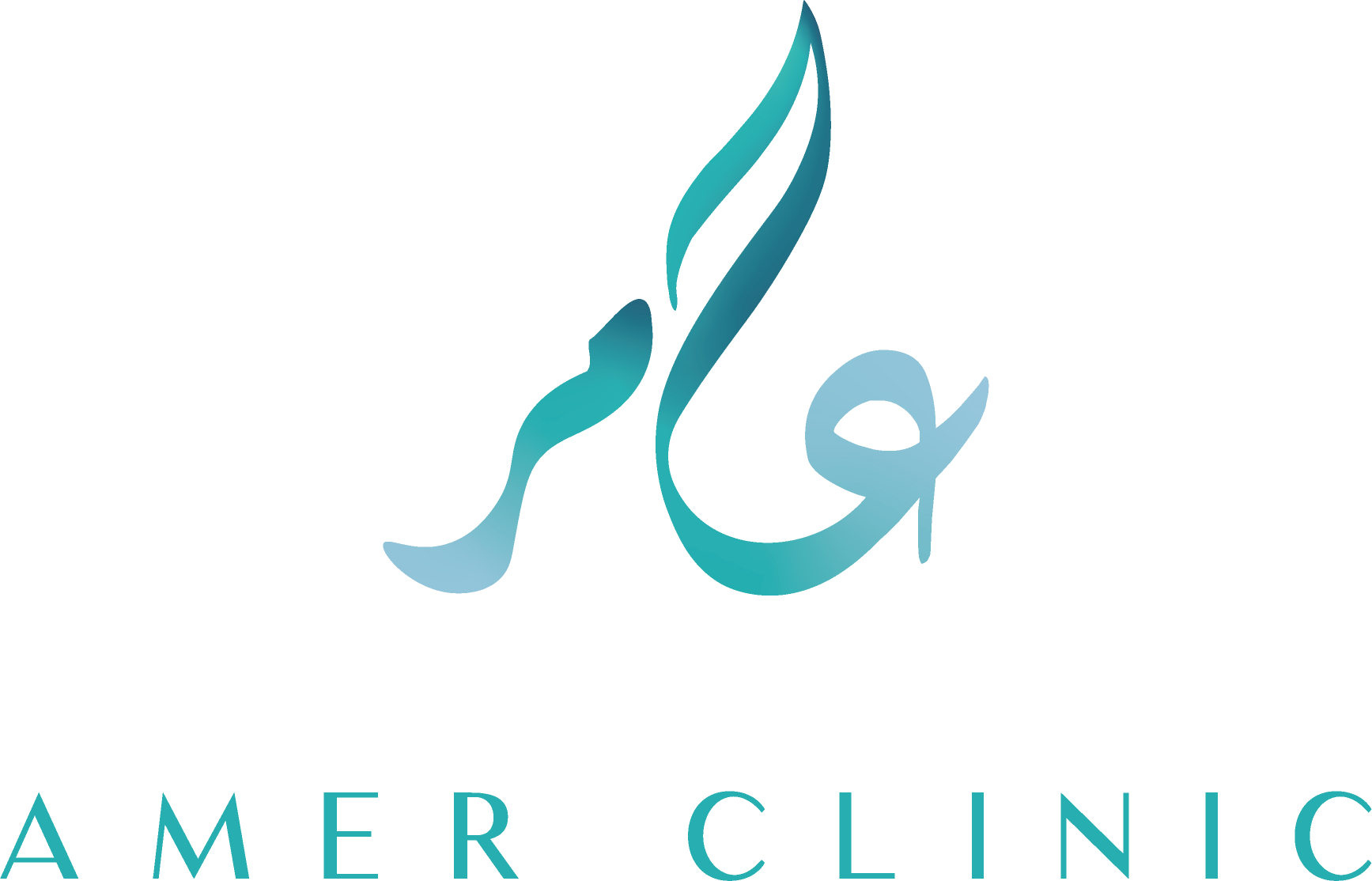Facial Nerve Paralysis: A Complex Condition
Facial paralysis represents a significant neurological impairment characterized by the partial or complete loss of muscle function on one or both sides of the face. This condition, often devastating to the individual affected, profoundly alters quality of life, impacting not only physical function but also emotional and social well-being. The root cause lies in damage to the facial nerve (cranial nerve VII), a delicate and complex structure that orchestrates the intricate network of muscles responsible for a vast array of facial expressions. These expressions, including smiling, frowning, raising the eyebrows, and subtle nuances of emotional communication, are fundamental to human interaction. Beyond expressive capabilities, the facial nerve plays a critical role in essential physiological functions.
Causes of Facial Paralysis
Facial nerve paralysis has a complex and diverse range of causes, both traumatic and non-traumatic. The nerve’s intricate path through a narrow bony canal and its role in innervating numerous facial muscles makes it vulnerable to injury. Traumatic causes include direct mechanical injuries like skull fractures and facial wounds, as well as iatrogenic injuries during surgeries such as parotid gland surgery and brain tumor resection. Non-traumatic causes encompass infectious etiologies like viral infections (e.g., Ramsay Hunt syndrome, Lyme disease), inflammatory conditions like sarcoidosis, and tumors, both intrinsic and extrinsic, that can compress or damage the nerve
Signs and Symptoms of Facial Paralysis
Facial nerve integrity is essential for coordinated facial movements. This nerve controls distinct muscle groups responsible for eye closure, lip movements (including smiling), and forehead expressions. Consequently, facial nerve injury leads to varying degrees of paralysis, affecting these muscle groups and resulting in impaired facial movement.
Manifestations of facial paralysis:
The Upper and Lower Lips
Facial paralysis disrupts lip and mouth movement, causing noticeable mouth deviation towards the unaffected side and significantly impairing the ability to smile, which is often emotionally distressing for patients.
The eye
Facial paralysis prevents eyelid closure, leaving the eye vulnerable to dryness and repeated infections. Untreated, this can severely impair vision and potentially cause blindness.
Individualized Treatment of Facial Paralysis
Facial paralysis treatment is highly individualized, requiring expert consultation. Options range from medical management for early, non-traumatic cases (primarily eye care) to complex surgical interventions. Surgical approaches depend heavily on the time elapsed since paralysis onset. Early cases (within one year) focus on re-establishing nerve supply to facial muscles, often using the existing nerve stump or alternative sources like cranial nerves 12 or 5. Late cases (after one year), when muscle responsiveness is diminished, shift to segmental treatment. This includes procedures like gold plate implantation for eyelid closure, and smile restoration through muscle transfers from other body parts, a technique requiring microsurgical expertise for natural-looking results. The choice of treatment is influenced by factors like the cause, severity, duration of paralysis, patient age, and overall health.
